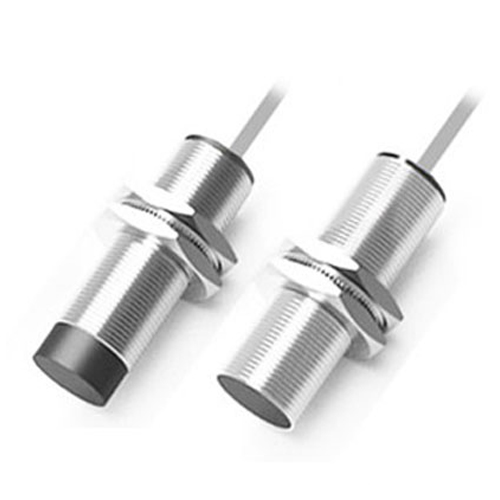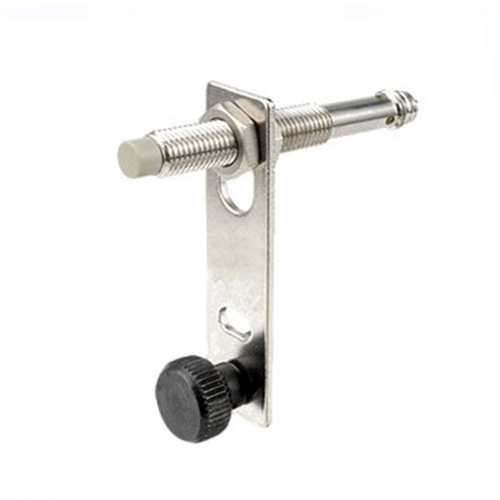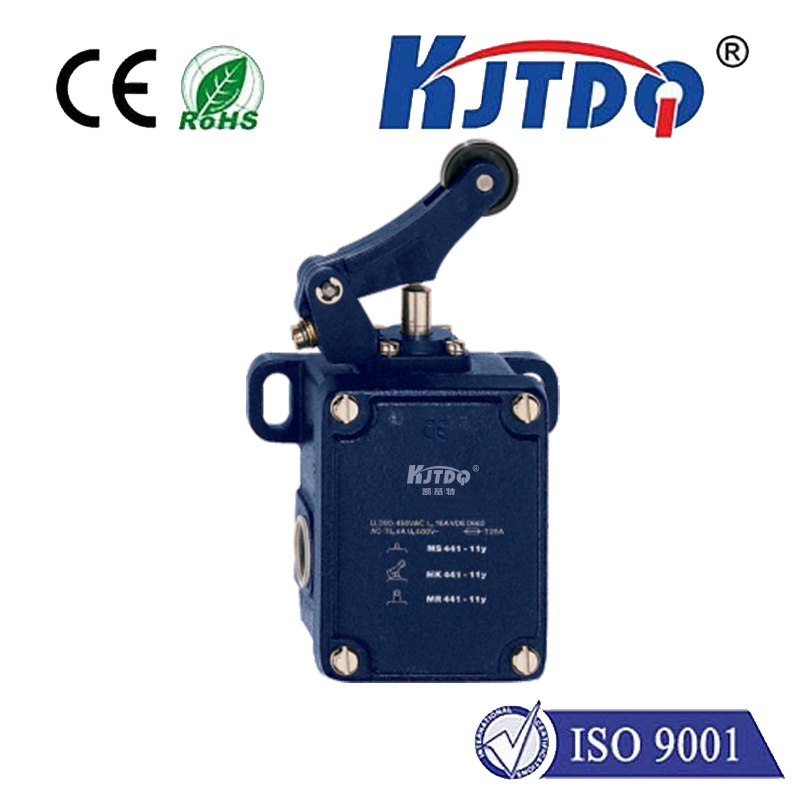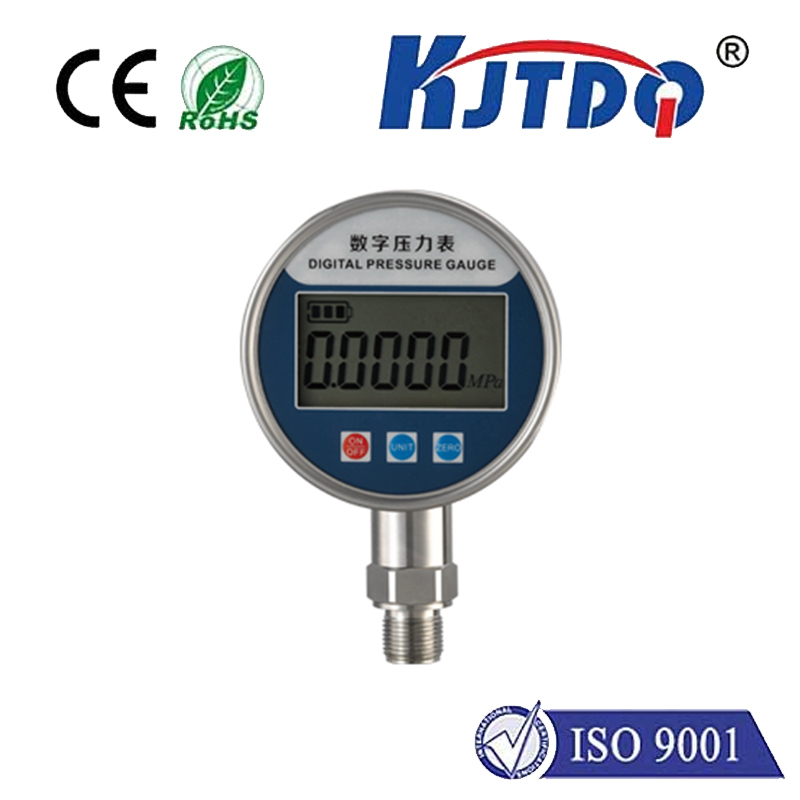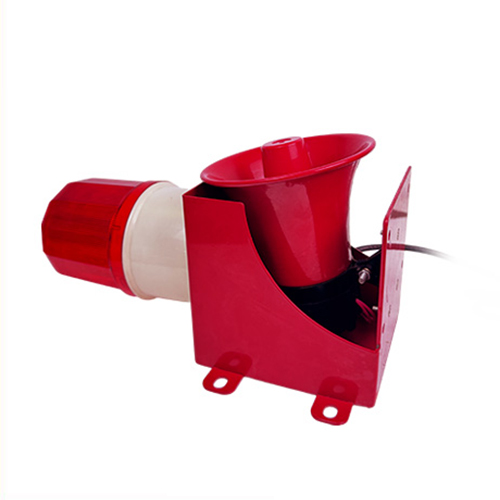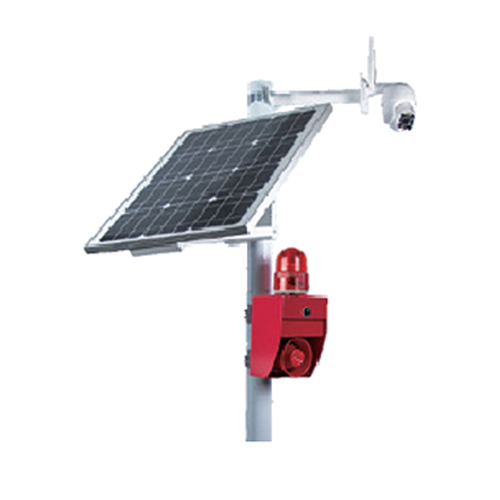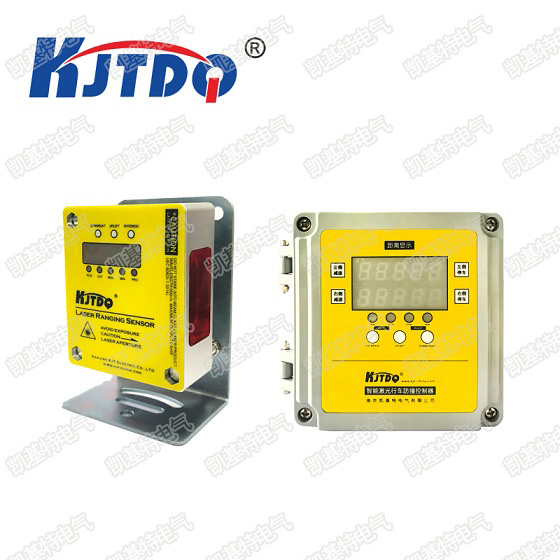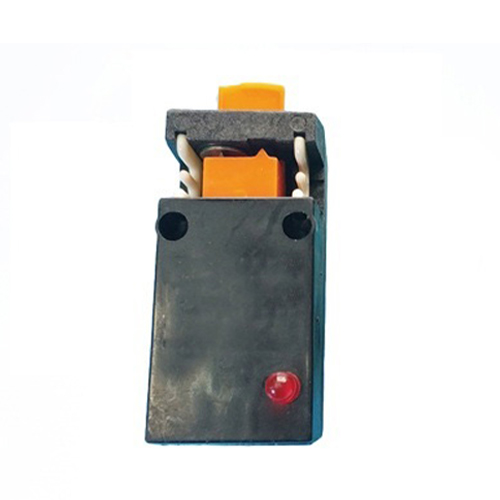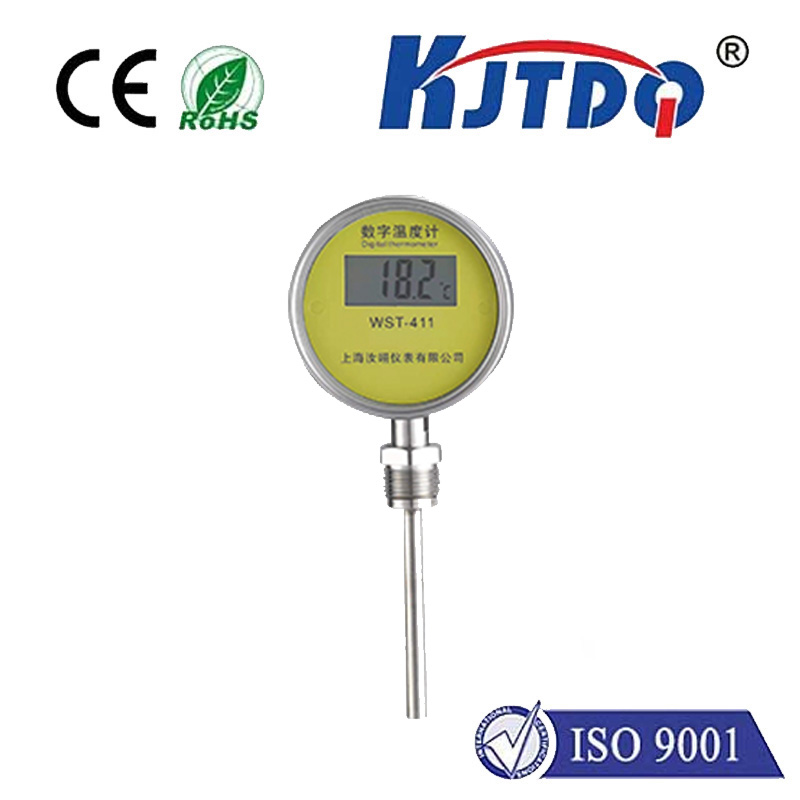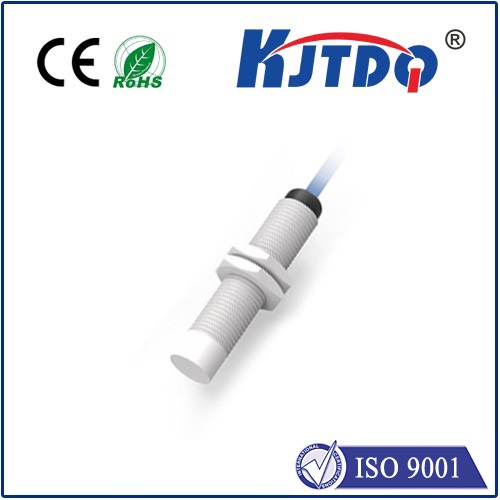Датчик приближается к NPN
- time:2025-07-17 08:32:39
- Нажмите:0
Sensor Proximity NPN: Unlocking the Power of Switching Outputs in Automation
Ever wonder how machines “sense” objects instantly, triggering actions with seamless precision? The often overlooked hero enabling these interactions, especially in industrial settings, is the NPN proximity sensor. While the term “sensor proximity NPN” sounds technical, understanding this foundational component unlocks the efficiency of modern automation. These ubiquitous devices detect the presence or absence of objects without physical contact, relying on electromagnetic fields or light, and crucially, they communicate their detection using a specific type of electronic switch: the NPN transistor output.
But what exactly is an NPN proximity sensor? Fundamentally, it’s a non-contact switch. Unlike mechanical limit switches that require physical bumping, proximity sensors (inductive, capacitive, or photoelectric variants) detect a target at a distance – their sensing range. The critical specification “NPN” refers to the type of transistor used in its output stage. This transistor acts as a switch to control the flow of current to a connected load, such as a PLC input, relay coil, or indicator lamp.
Decoding the NPN Output: Sinking the Load
Understanding how the NPN transistor functions in the circuit is paramount. Think of an NPN transistor as an electronically controlled valve for current flow. In the context of a proximity sensor:
- Detection: When the sensor does not detect a target within its range, the NPN transistor is in its “off” state. No current flows from its collector to its emitter.
- Activation: When a target is detected within the sensing range, the sensor’s internal circuitry switches the NPN transistor “on”. This allows current to flow from the collector terminal, through the transistor, and out of the emitter terminal.
- The Circuit Connection: In a typical DC circuit setup:
- The sensor’s brown wire (usually) connects to the positive (+) supply voltage (e.g., 12V DC or 24V DC).
- The sensor’s blue wire (usually) connects to the negative (-) supply voltage (common/ground/0V).
- The sensor’s black wire (the NPN output) connects to one side of your load (e.g., your PLC input module).
- The other side of your load must then connect back to the positive (+) supply voltage.
This configuration defines the NPN output as a sinking output. When active (target detected), the NPN transistor sinks current from the load down to ground (the blue wire/negative supply). Essentially, it provides a path to ground for the load. Your load receives power from the positive supply, and the NPN sensor completes the circuit to ground when activated.
NPN vs. PNP: Why the Distinction Matters
The alternative to NPN is the PNP output sensor. This distinction is crucial and one of the most common considerations when selecting or wiring a sensor:
- NPN (Sinking Output): As described above. Output transistor switches the negative side of the load (load connects between +V and the sensor output). Active State = Output LOW (connected to ground).
- PNP (Sourcing Output): Uses a PNP transistor. It switches the positive side of the load (load connects between the sensor output and ground). Active State = Output HIGH (provides +V).
Choosing between NPN and PNP often boils down to the input circuitry of the device you are connecting the sensor to (e.g., PLC input module). Some PLCs are designed to accept sinking inputs (expecting a path to ground to be provided) and are naturally compatible with NPN sensors. Others are designed for sourcing inputs (expecting a positive voltage to be provided) and prefer PNP sensors. Always consult your PLC or controller’s input specifications before selecting sensor outputs.
The Ubiquitous Applications of NPN Proximity Sensors
NPN proximity sensors are the workhorses of industrial automation due to their reliability, durability, and non-contact operation. You’ll find them performing critical tasks across countless industries:
- Object Detection & Counting: Sensing parts on a conveyor belt, bottles on a filling line, or pallets at a transfer point. Crucial for process control and inventory tracking.
- Position Verification: Confirming if a cylinder is fully extended or retracted, a door is closed, or a guard is in place (essential for safety interlocks).
- End-of-Travel Limit: Providing a non-contact alternative to mechanical limit switches on linear slides or rotating arms.
- Speed Monitoring: Detecting gear teeth, encoder marks, or holes on a rotating shaft to calculate RPM.
- Level Detection: Capacitive NPN sensors can detect liquid or granular material levels through non-metallic tank walls.
Key Advantages Driving NPN Popularity
Several inherent benefits solidify the position of NPN sensors in automation:
- Non-Contact Operation: Eliminates wear and tear caused by physical contact, leading to vastly extended sensor lifespan and reduced maintenance.
- High Reliability & Speed: Capable of detecting objects at high speeds with fast response times (microseconds), making them ideal for high-cycle applications.
- Прочная структура: Typically housed in rugged materials like stainless steel or nickel-plated brass, offering excellent resistance to vibration, shock, moisture, and harsh industrial environments (dust, oils, coolants).
- Sealed Design: IP67 and IP68 ratings are common, enabling use in washdown areas or outdoors.
- Simple Wiring & Integration: The standard 3-wire configuration (Brown/Blue/Black) is straightforward once the NPN sinking concept is understood. Consistent color coding aids installation.
- Cost-Effectiveness: Mass production and proven technology make them a very economical sensing solution.
Installation and Troubleshooting Considerations for NPN Sensors
Effective use requires attention to installation:
- Voltage: Ensure the sensor’s voltage rating (e.g., 10-30V DC) matches your power supply. Undervoltage can cause malfunction; overvoltage can destroy the sensor.
- Sensing Distance: Be aware of the nominal sensing range (Sn) and factor in reduction factors for different target materials (especially for inductive sensors sensing non-ferrous metals). Maintain adequate distance from metal mounting surfaces to avoid interference.
- Mounting: Secure the sensor firmly to prevent misalignment or vibration damage. Use appropriate mounting hardware.
- Load Compatibility: Verify the sensor’s max load current meets or exceeds the requirement of the connected device. Don’t overload the output.
- Short-Circuit Protection: Ensure the sensor or your power supply has this feature to prevent damage if the output is accidentally shorted.
Common Troubleshooting Steps for NPN Sensors:
- No Response: Check power supply connections (Brown/Blue). Verify voltage at sensor terminals. Is the load correctly wired between +V and the Black wire? Is the load functional? Check for a blown fuse or tripped breaker.
- Sensor Always “On”: Is the target within range? Is there debris on the sensing face? Could there be interference from another metal object? Is the sensor damaged? Check wiring for shorts.
- Intermittent Operation: Check for loose wiring connections. Verify consistent power supply voltage. Look for vibration causing misalignment. Check for electrical noise; sometimes shielded cable or ferrite beads are needed near variable frequency drives (VFDs).
**In conclusion, the “sensor proximity NPN” represents a cornerstone technology in sensing. Its reliance on the NPN transistor configured as a sinking switch provides a robust, reliable, and efficient way to detect objects and






